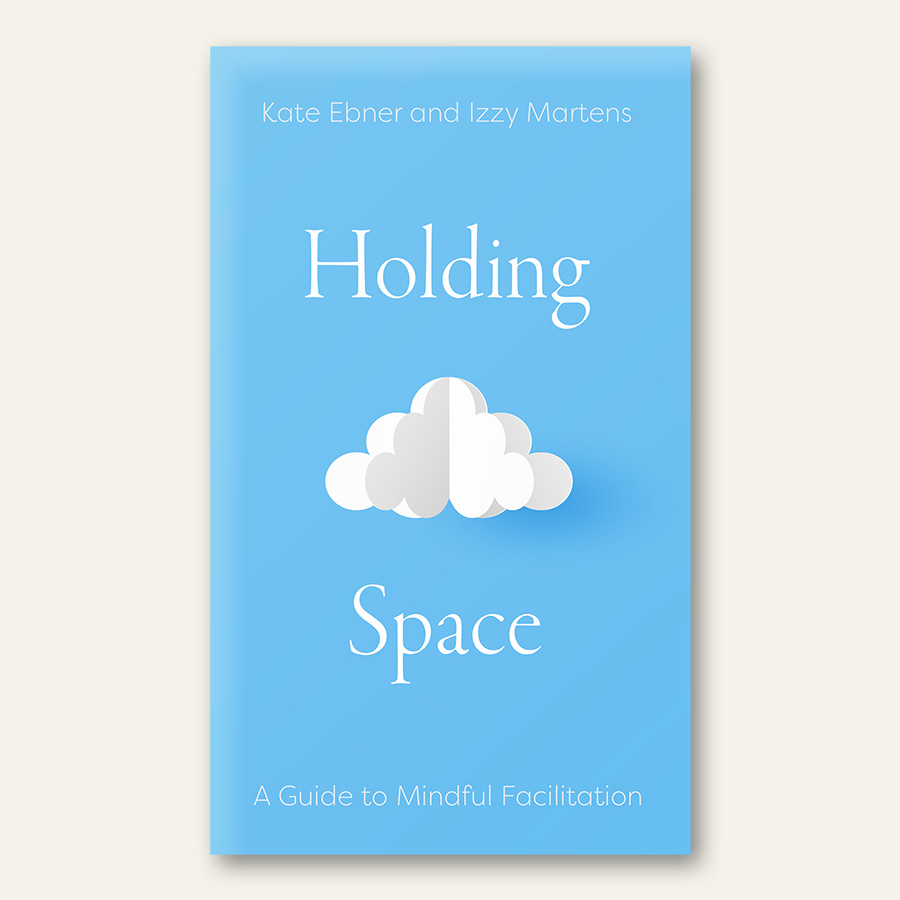Mindful Leadership: How Leaders Can Transform Teamwork
Transformational leaders practice the art of holding space.
As a leader, you are no stranger to the challenges of leading a team. Whether guiding a group through a complex project or facilitating a strategic planning session, your ability to bring out the best in your team is critical to your success. The facilitation of important conversations and ability to guide others towards an intentional outcome is what we call “holding space.” Holding space is a leadership skill that can (and must) be honed and developed.
But what exactly does it mean to “hold space” for a group? At its essence, holding space is about creating a safe and supportive environment for others to explore and grow. It involves being fully present, non-judgmental, and open to whatever may arise in the group dynamic.
Holding space is not the same as facilitating a traditional meeting or workshop, where the leader has a specific agenda or outcome in mind. Instead, it is about consciously creating an environment where people can come together, express themselves freely, and engage in meaningful dialogue. This can be particularly important in situations where there may be conflicting perspectives or difficult emotions at play.
The benefits of holding space for a group are numerous. By creating a safe and supportive environment, you help your team members feel more comfortable speaking up and sharing their ideas. This leads to more open, honest communication, which is important for building trust and collaboration within your team.
Holding space also can help foster a sense of psychological safety within your team. When people feel safe, they are more likely to take risks, be creative, and challenge the status quo. This, in turn, leads to more innovation and creative problem-solving within your organization.
Perhaps most importantly, holding space allows the potential for personal and professional growth among your team members. By creating an environment where people feel seen, heard, and valued, you can help them to develop their own leadership skills and confidence. This experience creates a ripple effect throughout your organization, inviting more engaged, motivated, and productive teamwork.
How can you start practicing the art of holding space for your team? Here are a few tips to get you started:
- Be present: This may seem obvious, but it is essential to be fully present and focused when holding space for a group. Being present means putting aside any distractions and fully engaging in the conversation.
- Listen actively: Effective listening is at the heart of holding space for others. Listening actively means not only hearing what people are saying, but also truly seeking to understand their perspectives.
- Create a safe space: Convene people in a physical location that is comfortable and conducive to open dialogue. Whether a conference room, a quiet corner of the office, or even a virtual space, your thoughtful attention to the qualities of your space will contribute to what happens when people gather.
- Be non-judgmental: One of the most important aspects of holding space is being non-judgmental, creating an environment where people feel comfortable expressing themselves without fear of criticism or judgment. Establishing simple, caring agreements at the start of a conversation sets the stage for great participation.
- Ask open-ended questions: Asking open-ended questions invites deeper, more curious conversations. By asking a question that opens the conversation up, rather than shutting it down can transform conversations – and relationships.
As leaders, it is our responsibility not only to direct and guide our team, but also to create a space where each individual feels valued and heard. Facilitation, or “holding space,” allows us to do just that – to create a safe and inclusive environment where team members can share their ideas, collaborate, and grow together. Practicing the art of holding space has the power to transform the workplace into a more compassionate, creative, and harmonious environment. In our new book, Holding Space: A Guide to Mindful Facilitation, we dive deep into the art and skill of holding space. We provide many more tips and ideas to help leaders and other facilitators.
By embracing the art of facilitation, you can improve the efficiency and productivity of your team and foster a culture of care and support. After all, when people feel happy, valued and fulfilled, they give their best to their organizations.



